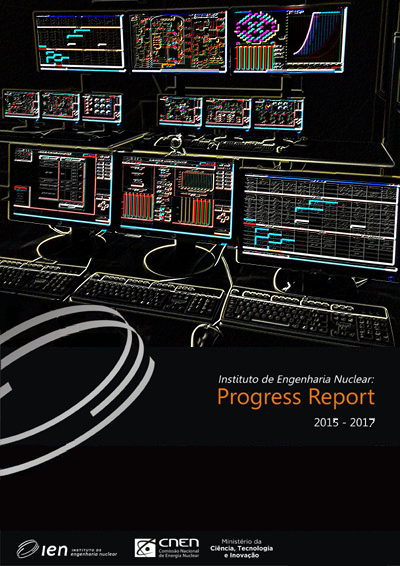Experimental and numerical investigation of stratified gas–liquid flow in downward-inclined pipes
Palavras-chave:
stratified flow, gas-liquid flow, inclined pipes, CFD, numerical simulationResumo
This paper reports an experimental and numerical investigation of stratified gas–liquid two-phase flow in downward inclined circular pipes. Reynolds averaged Navier–Stokes equations with the κ–ω turbulence model were solved by using the least-square finite-element method to simulate the stratified gas–liquid flow. Experiments were carried out in an air–water two-phase flow loop with a test section of 7.8 m long circular pipe with 1 inch inner diameter for 3 downward-inclined angles, −2.5◦, −5.0◦, and −10.0◦. The height of the liquid layer was measured by using a pulse–echo ultrasonic technique with a single fast transducer and a visualization technique with a high-speed digital camera.Referências
FACCINI, J. L. H. et al. Experimental and numerical investigation of stratified gas–liquid flow in downward-inclined pipes. Heat Transfer Engineering, Oxfordshire, United Kingdom, n. 36, p. 943–951, 2015.
LIOUMBAS, J. S.; PARAS, S. V.; KARABELAS, A. J. Co-current stratified gas–liquid down-flow-influence of the liquid flow field on interfacial structure. International Journal of Multiphase Flow, Amsterdam, v. 31, p. 869–896, 2005.
Downloads
Publicado
Como Citar
Edição
Seção
Licença
Copyright (c) 2018 Jose Luiz Horacio Faccini, Jurandyr de Souza Cunha Filho, Paulo Augusto Berquó de Sampaio, Jian Su

Este trabalho está licenciado sob uma licença Creative Commons Attribution-NonCommercial-NoDerivatives 4.0 International License.


